5 Simple Steps to Increase Your Productivity as a Self-Employed Human
Working for yourself is tough. I mean, I love it, and I wouldn’t have it any other way. But as self-employed people, we need to spin a lot of plates. Meet client deadlines, market ourselves, work on the business, send invoices, oh and have a personal life too!
I’ve been self-employed for 7 years now and one of the biggest skills I’ve learnt is managing my productivity levels. I think it’s an area of working for yourself that doesn’t get considered or talked about as much as say the finance side of things. But if you can’t get yourself to actually do the thing, you won’t get paid for the thing…
Steal the 5 productivity steps I swear by for running a successful business that relies solely on what I get done.
1. Curate your space
This deserves to be number one because your environment is everything. Many of us freelance folk work from home, which has its pros and cons. The main thing is, curate your workspace. If you have a study – great, that’s a brilliant starting point, but equally, if you use the kitchen table, the same question applies – how can you make that space conducive to focused work?
You know what they say; tidy space, tidy mind. And it works. Remove the clutter, and set yourself up to be comfortable. I used to think an adjustable desk was unnecessary, but after taking the plunge, I wouldn't be without it. As someone who struggles to sit still, the desk allows me to work standing up, cross legged, in a handstand – you get the idea.
2. Remove distractions
A game changer. Actively removing distractions means closing the door, drowning out as much sound as possible (hello noise-cancelling headphones!), putting my phone on silent and importantly, out of reach. It's all too easy to check a WhatsApp message and then accidentally drift into Instagram, where your attention gets wasted on endless reels.
I know for some self-employed people, focus is hard when you are expecting a call or have meetings dotted throughout the week. If you can, I’ve found success in setting select mornings or afternoons for calls to take place, so that the rest of the time can be for deep focus work.
3. Check your basic needs are met
Food, shelter and clothing… so, maybe not that dramatic, but ask yourself – do I need to eat? Am I comfortable? Do I have what I need to complete my tasks? E.g. drink of choice, possibly snacks, a notepad and pen. Whatever it is that will keep you at your desk and not at the fridge or working from the sofa (guilty!).
Ticking off your basic needs before starting your to-do list means you’ll be more likely to have the mental and emotional resources to work productively. It sets the stage.
4. Find the right music
Hatred of working in an office environment is the reason I hear of many people choosing to be their own boss. They found it impossible to get on with things when they had little control over their space, the noise levels, even the temperature of the room (has anyone else experienced office thermostat wars?).
When it comes to noise levels, we’re all different with what we need in order to work at our best. For me, I need quiet and some light background music with no lyrics and a predictable rhythm. But not just any old song will do, it’s taken me years to work out which are the ones for me (I’m a fan of this 2-hour focus music track if you need some inspiration). What about you – do you like the familiarity of the radio playing, or are you quite happy in a busy cafe or co-working space? I find that the ambience you choose can train your brain to flick into ‘work mode’.
5. Accelerate what you can do
To stay in the zone, I need structure. I need to focus on one task and see it through to completion. Maybe you are the same. I’ve found the Rule of Three to be useful for this. It’s a principle where you aim to accomplish three significant tasks each day, each week, and each year to enhance efficiency and effectiveness.
Another productivity method that I use to get started on projects that are particularly sticky, is The Pomodoro® Technique, a time management tool where you work for 25 minutes, take a 5-minute break, and repeat, with a longer break after completing four cycles. I like to use an old fashioned egg timer for this, but you can use an online productivity timer that will cycle through the timings for you.
Wrapping things up
Ultimately, find what works for you – try productivity methods out. See what suits you. Maybe you are a fan of time blocking or perhaps walking around the block sets the tone.
The goal for all of this is to enable you to do more of what moves the dial for your business. When you find the routine that gets you in the flow and gets your to-do list ticked off, you are winning at being your own boss.
